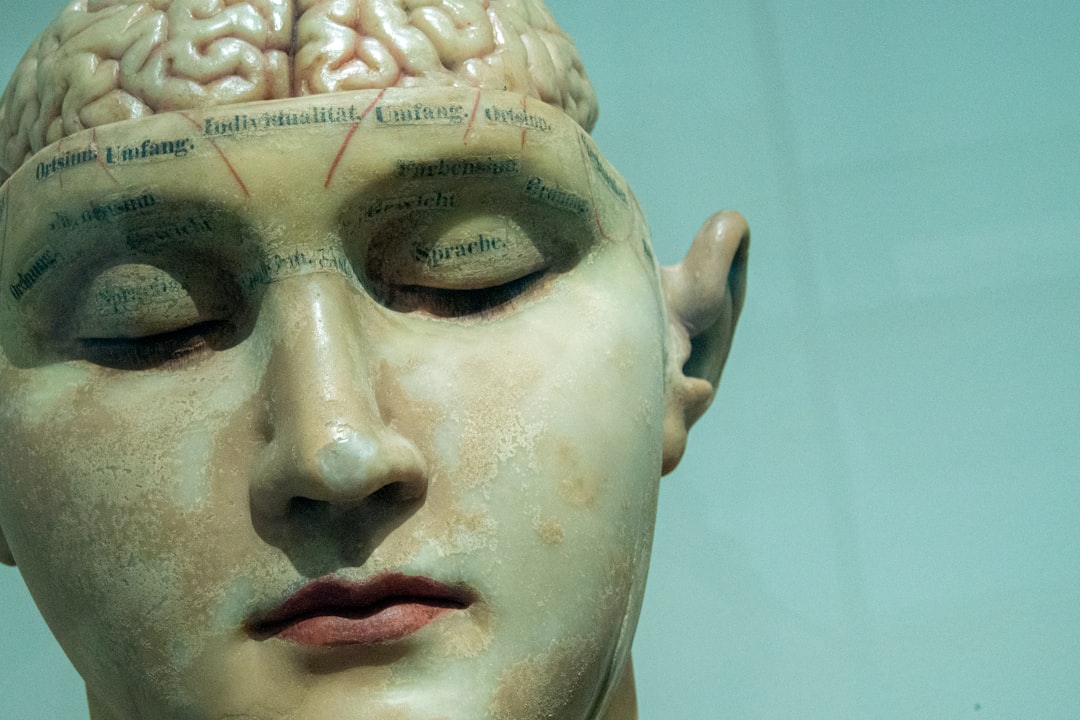'Brain Death' at a crossroads
A proposal to revise the definition of 'brain death' could have far-reaching consequences.
-
Remember the story of Jahi McMath?
After routine surgery for sleep apnea the summer of 2014, Jahi McMath’s medical team overlooked a bleed that eventually led to cardiac arrest and a catastrophic brain injury. Her medical team declared her “brain dead” and the state of California issued a formal death certificate.
But something unexpec…

